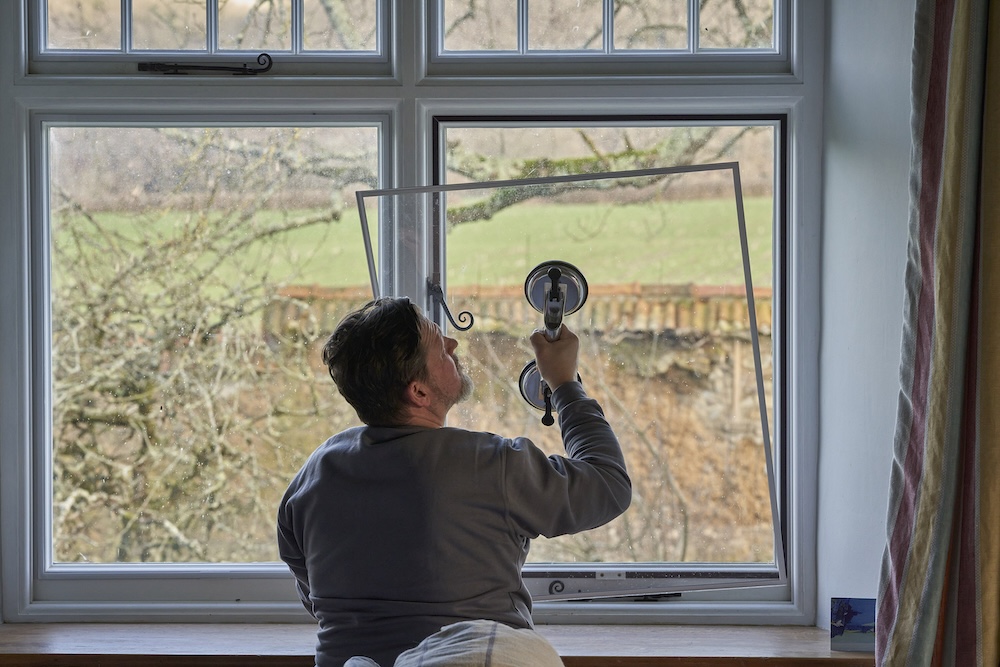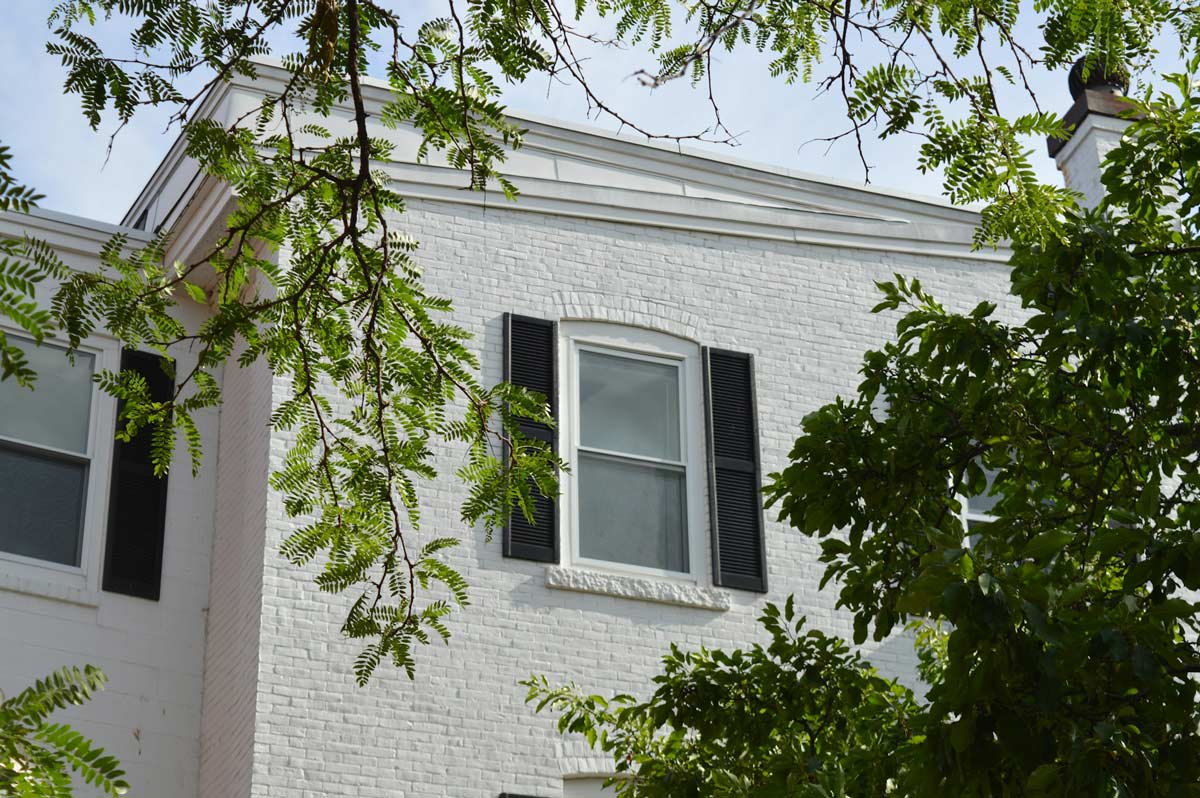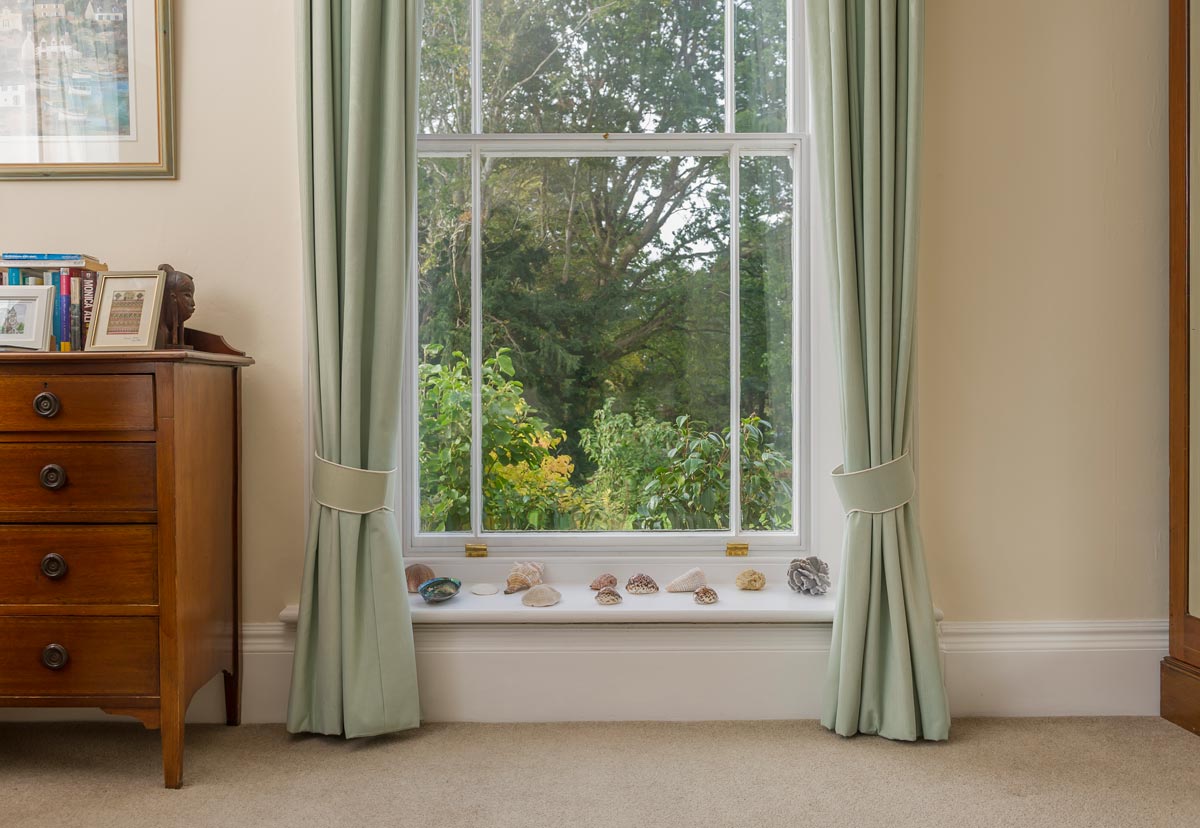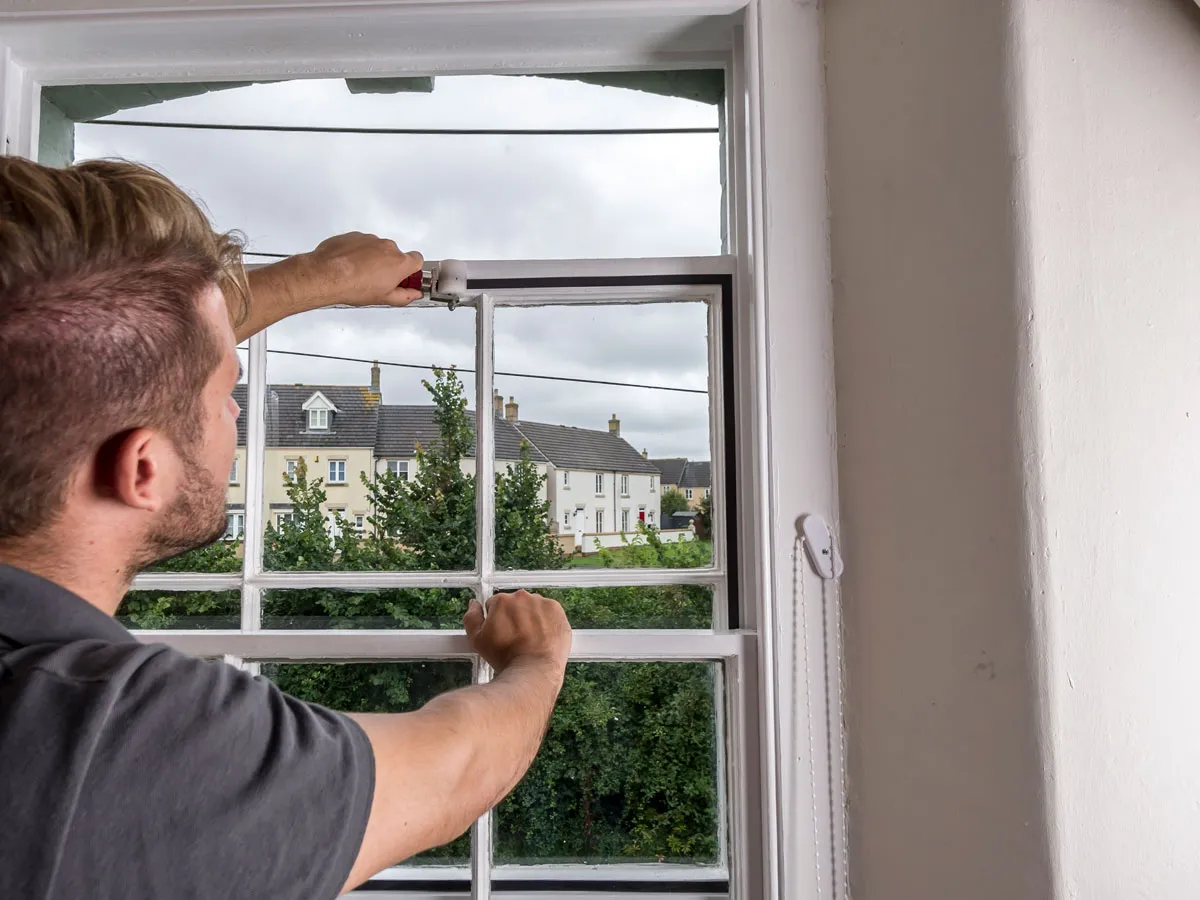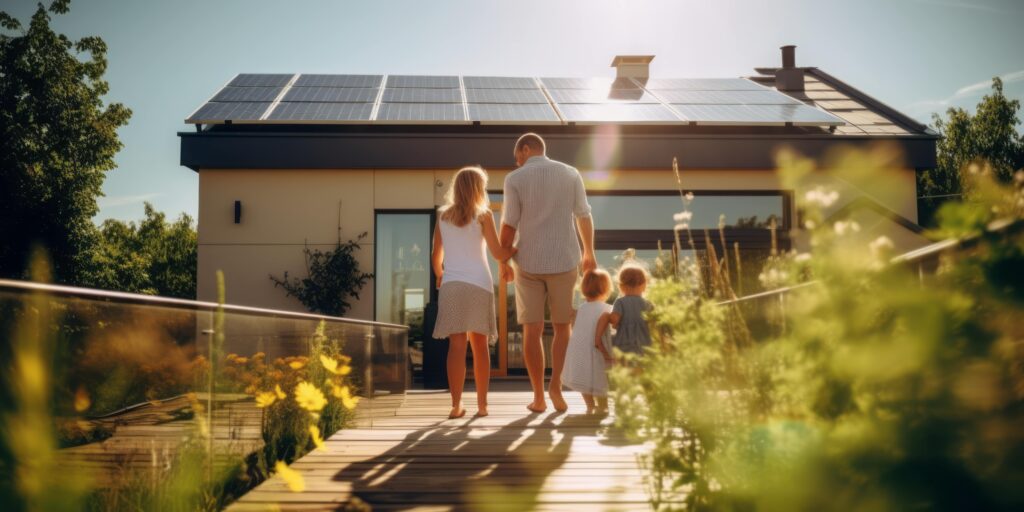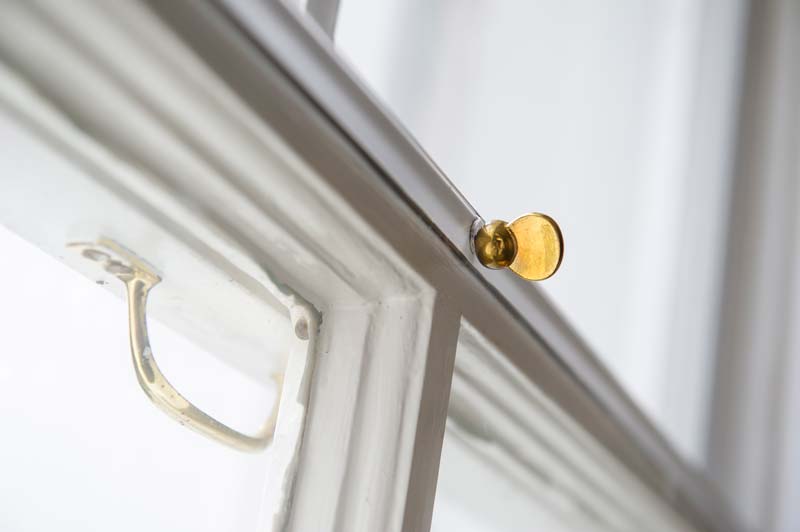Mitchell & Dickinson’s Business Director Simone Kesseler looks into the viability of installing a heat pump at a period or listed property.
We will all need to consider installing a heat pump in the next 10 years or so. The government expects 60% of homes in the UK to be heated using a heat pump as part of its strategy to net zero in 2050 and, in countries like Sweden, 40% of homes are already heated that way. But what if you live in a listed or conservation area home? Can you even have a heat pump installed and, if you can, what do you need to consider? How can you prepare your property for a heat pump?
The difficulty of heating period and listed properties
Most older homes are cold in the winter largely because they are draughty and poorly insulated with single glazing. It’s easy to understand why many owners of older properties are sceptical about heat pumps, particularly as we are used to cold winters where our gas boilers are chugging all day and night, and our bills rocket because of multiple oil deliveries.
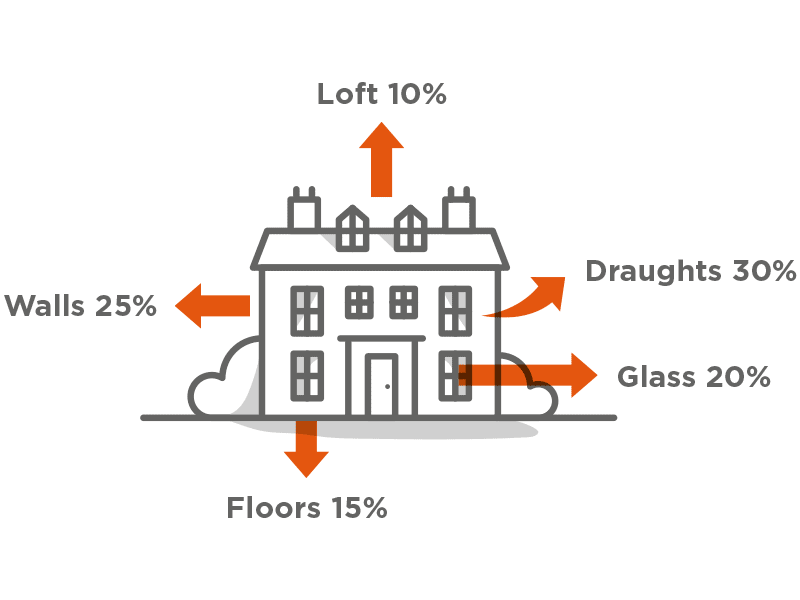
Old houses lose most of their heat through glass, draughts and roofs, and some from poorly insulated floors and walls, but the main heat loss problems come from glass and draughts. That’s why if you get a survey done for a heat pump, the installation company needs to measure your windows to work out the heat loss to size the heat pump and radiators required to keep your home warm enough in the colder months.
Why it’s wise to insulate older properties before you install a heat pump
Initially, there was a “fabric first” approach to heat pump installations, where you were advised to get your house completely insulated before thinking about a heat pump. More recently, this thinking has changed, which is fine for modern properties built with cavity walls, double glazing and loft insulation. But listed and period properties with beautiful, yet rattly and draughty, single-glazed windows, suspended or solid floors with no insulation, and solid walls are a different kettle of fish.
The cold and draughts from single-glazed windows in a period property will be felt when you’re living in a house even with the most diligently sized heat pump. You don’t want to be paying for a bigger heat pump than you need or for the additional electricity required to keep it running, so it’s worth considering investing in draught proofing and secondary glazing, as well as some loft and underfloor insulation, in a period home before or after you install the heat pump.
The old “fabric first” mantra is sensible in that the level of insulation will directly impact the size of the heat pump required but also, in an older building, the fact is that you need to draught proof and insulate as well as get a heat pump if you want a truly cosy home with low running costs.
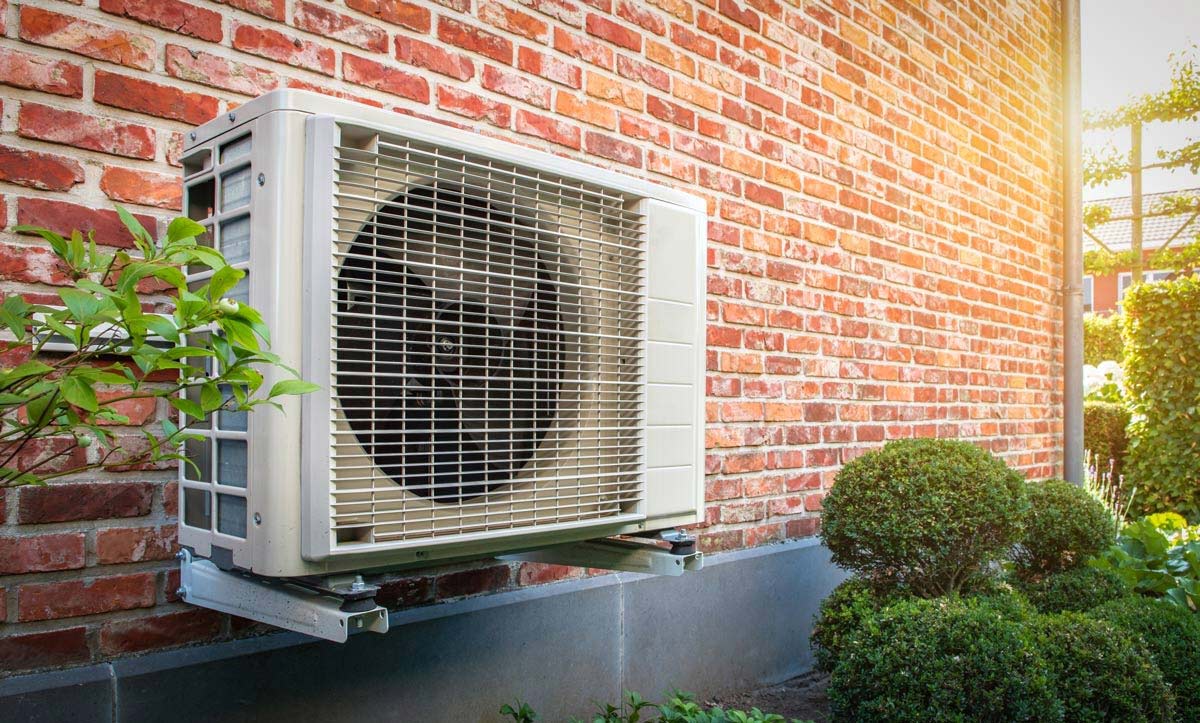
The challenges of installing a heat pump in a period or listed building
Of course, if your property is listed or in a conservation area, you’ll need to obtain listed building consent to install a heat pump. Your heat pump installation company can usually arrange that for you.
The difficulty you face if you live in a period or listed property is that your heat pump installer is unlikely to know very much about the kind of insulation that would work best for your older property since they are, understandably, not insulation specialists. Most heat pump surveyors will tell you that they can size the heat pump to give you 21 degrees of heat in your living room (and 18 degrees in your bedrooms) in the dead of winter, so insulation is less of an issue. Certainly, since the government stopped insisting that properties were insulated before giving their grant of £7,500 to homeowners against the cost of heat pumps, the heat pump providers no longer even need to consider insulation, let alone advise on it.
Where they do advise on insulation (and the good guys will certainly do so), they will consider it from an economic perspective only, i.e. the cost of the insulation versus the potential reductions in running costs of their larger heat pump (as your pump works to heat your house even if that heat is leaving your house pretty quickly via your draughty single glazed windows and doors), which is one way to do it and an important consideration.
However, most heat pump installers don’t consider the comfort factor – just how chilly a period home is when it’s draughty – and worryingly don’t take into account the additional electricity which, even with renewable energy, still comes at a cost, both financially and in CO2 terms. Electricity will soon be an extremely precious resource, which will take a considerable human and mechanical effort to generate with a carbon footprint in its own right, albeit with a vastly lower impact than ‘dirty’ fuels. Plus there will be huge demands on clean electricity, as everything from cars, cooking and heating systems and even factories will use it, so homes will need to use it sparingly.
Essentially, insulating your period home is a good idea with or without a heat pump and the cost of both should be worked into your plans over time for comfort, cost and efficiency reasons.
Where to install a heat pump and water cylinders in a listed or period property
You’ll also need to consider whether you have space to accommodate a heat pump, and where it will be located to give you best chance of getting listed building consent for the installation. A pump on the front of the house would not be acceptable as the heat pump resembles an air conditioning unit and is best placed at the rear of the property. It also needs sufficient space around it to work properly given that it extracts heat from the air, so can’t be hidden away in a cupboard or confined area to restrict airflow.
You’ll have to think about where to site a water cylinder too. These are bigger than traditional immersion heater-style hot water tanks and even if you have an existing hot water cylinder, in most instances, the coil of an existing cylinder will be too small. This will result in longer cylinder reheat times at the lower water flow temperatures from a heat pump. This means new hot water cylinder is often needed, rather than using an existing cylinder with a heat pump. If there is no obvious location in the house it is ideally sited somewhere at least semi-heated, such as a garage. If you are replacing an existing smaller cylinder with a larger one for a heat pump they can often be located in the same space (like inside an airing cupboard) with some modifications. But it needs to be thought through.
Radiators and underfloor heating
There’s also a possibility that some of your radiators might need to be bigger, especially in your main living areas. The number and size of new radiators will depend on your current radiators and whether you have underfloor heating. Heat pumps only heat water to 45-55 degrees, whereas gas or oil boilers heat to 60-70 degrees. As a result, they work better with underfloor heating and require double convector radiators in the main. If your home has single convector radiators, you may find you need to change more of them than you expect. Your heat pump installer can advise you accordingly.
Physical issues such as planning permission, space for cylinders, and radiator sizes can usually be overcome and the fact is that if we want to be heating our homes with heat pumps to get to net zero (and in the interests of our future energy security) then we can find a way.
In houses that are over 200 years old or more and/or are listed or under conservation, you just need to make sure you have provided for sufficient insulation to optimise your fuel costs and warmth. After all, there’s no point heating your home to see it literally going out of your windows!





